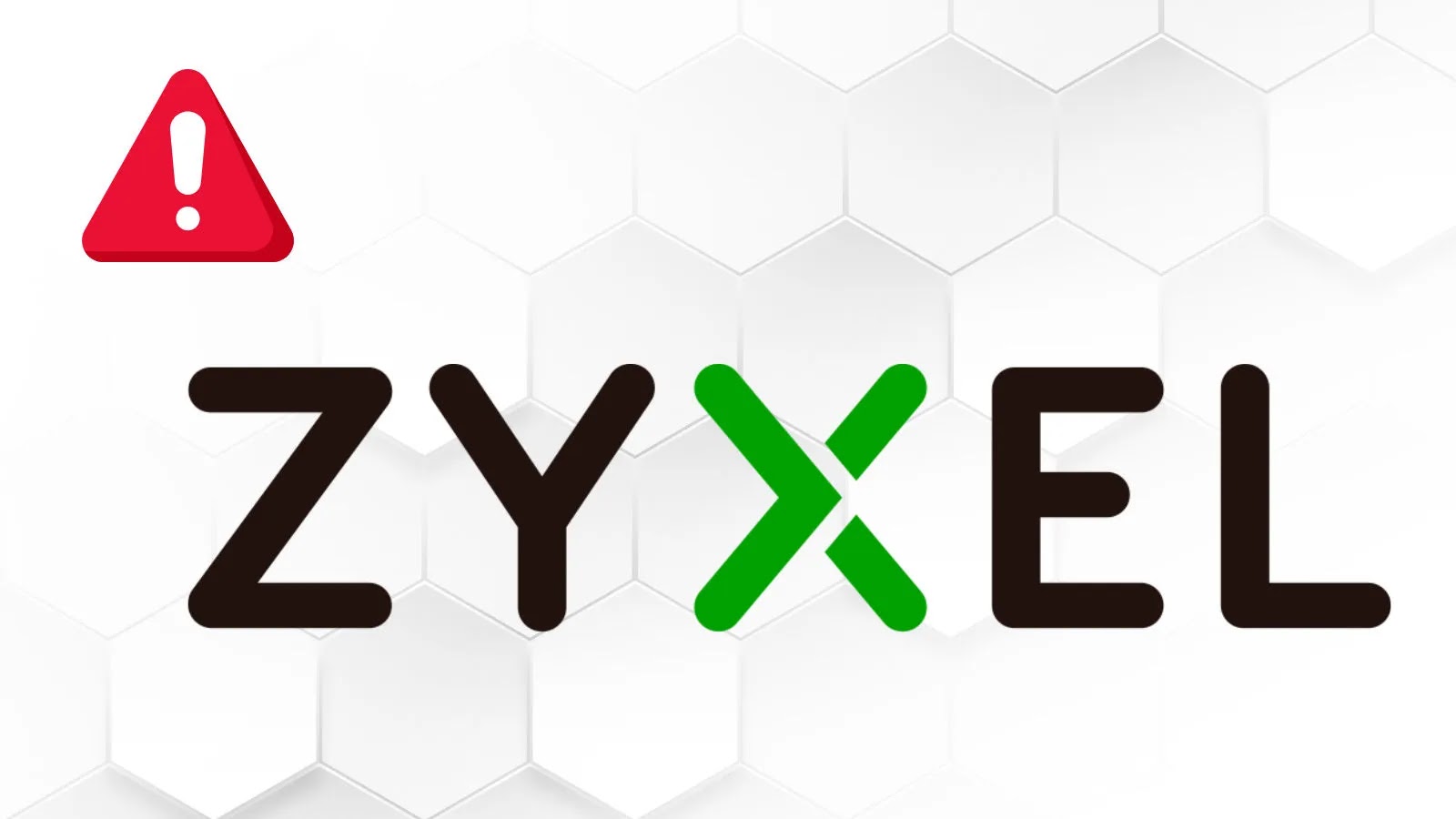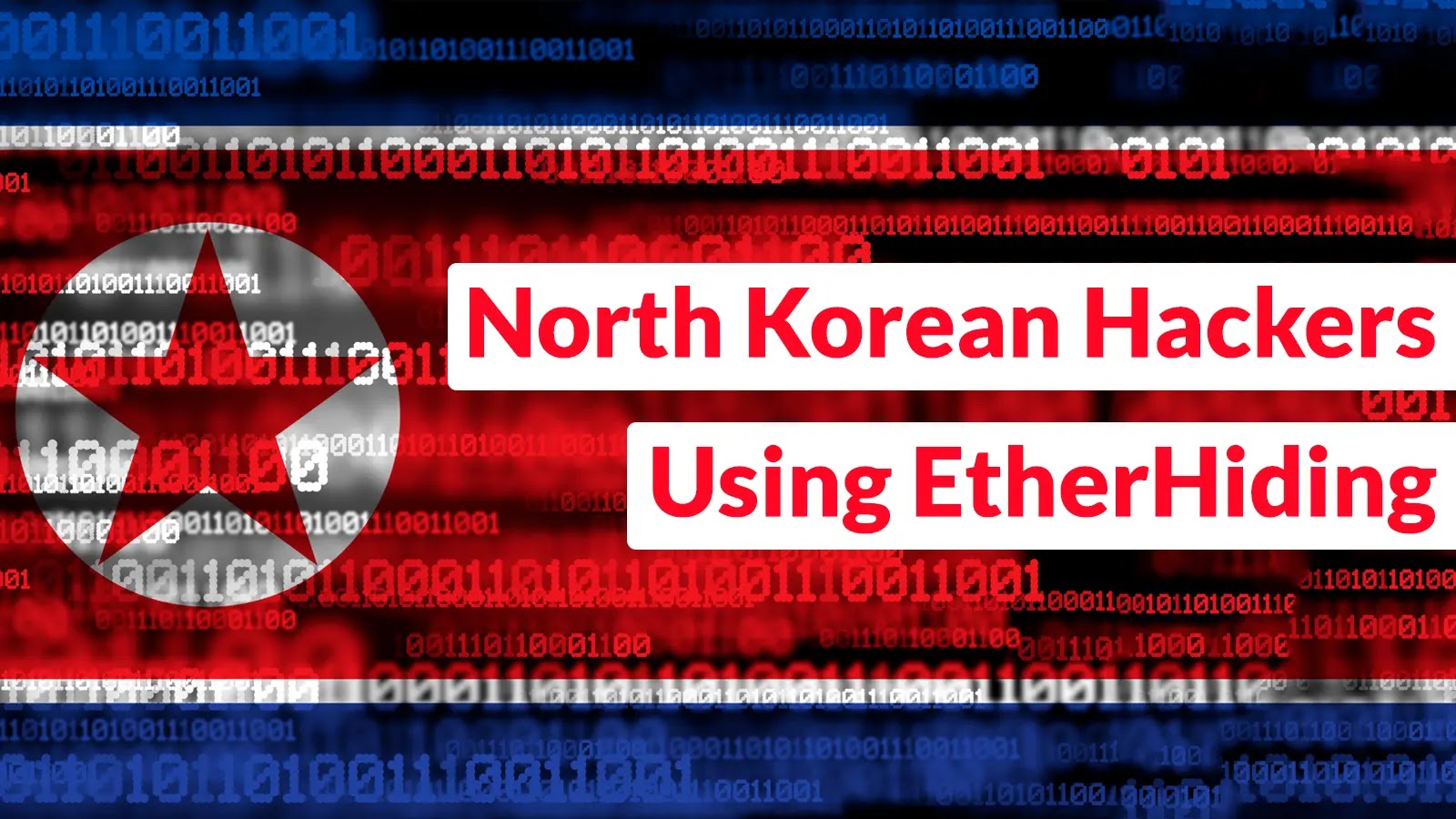A significant security vulnerability, identified as CVE-2025-9133, has been discovered in Zyxel’s ATP and USG series firewalls. This flaw allows unauthorized attackers to bypass authentication mechanisms and access sensitive system configurations, even when two-factor authentication (2FA) is enabled.
Understanding the Vulnerability
The vulnerability affects devices running firmware versions up to V5.40(ABPS.0). It arises from inadequate command filtering within the web interface, enabling attackers to view and download critical configurations without proper authorization. These configurations may include credentials, cryptographic keys, and detailed network settings, posing a substantial risk to network security.
Mechanism of Exploitation
The flaw is exploited during the 2FA login process. Typically, a user logging into the device’s web portal with 2FA enabled must enter a one-time PIN received via email or an authenticator app. However, before this verification step, the system processes semi-authenticated requests to the backend `zysh-cgi` binary, responsible for handling configuration queries.
Security researcher Alessandro Sgreccia discovered that attackers can manipulate these requests to inject unauthorized commands. By intercepting POST requests to `/cgi-bin/zysh-cgi` using tools like Burp Suite, an attacker can append unauthorized commands to the request. For example, appending `;show running-config` to a legitimate command like `show version` tricks the system into executing both commands. This is possible because the system’s validation checks only the beginning of the command string against an allowlist, allowing appended commands to bypass security measures.
Potential Impact
Exploiting this vulnerability enables attackers to harvest sensitive information such as passwords, API keys, and routing details. This information can facilitate further attacks, including lateral movement within the network or persistent access through configuration tampering. Given the widespread use of Zyxel devices in enterprise and small to medium-sized business environments, the potential impact is considerable.
Mitigation Strategies
As of October 2025, Zyxel has not released a patch to address this vulnerability. In the interim, security experts recommend the following mitigations:
– Disable Remote Web Access: Prevent unauthorized access by disabling remote management features.
– Enforce Strict Firewall Rules: Implement stringent firewall rules to restrict access to CGI endpoints.
– Monitor Network Traffic: Regularly monitor for unusual activity, particularly related to `zysh-cgi` traffic.
Recommendations for Vendors
To remediate this issue, vendors should consider the following measures:
– Command Tokenization: Break down commands into discrete tokens and validate each individually.
– Reject Command Chaining: Disallow the execution of multiple commands in a single request.
– Implement CSRF Tokens: Use Cross-Site Request Forgery tokens to prevent unauthorized command execution.
– Rate Limiting: Limit the number of requests to prevent exploitation attempts.
Conclusion
This vulnerability highlights the critical importance of thorough input validation and robust authentication mechanisms in network devices. Organizations utilizing Zyxel ATP and USG series firewalls should promptly audit their configurations and apply the recommended mitigations to safeguard against potential data breaches.



